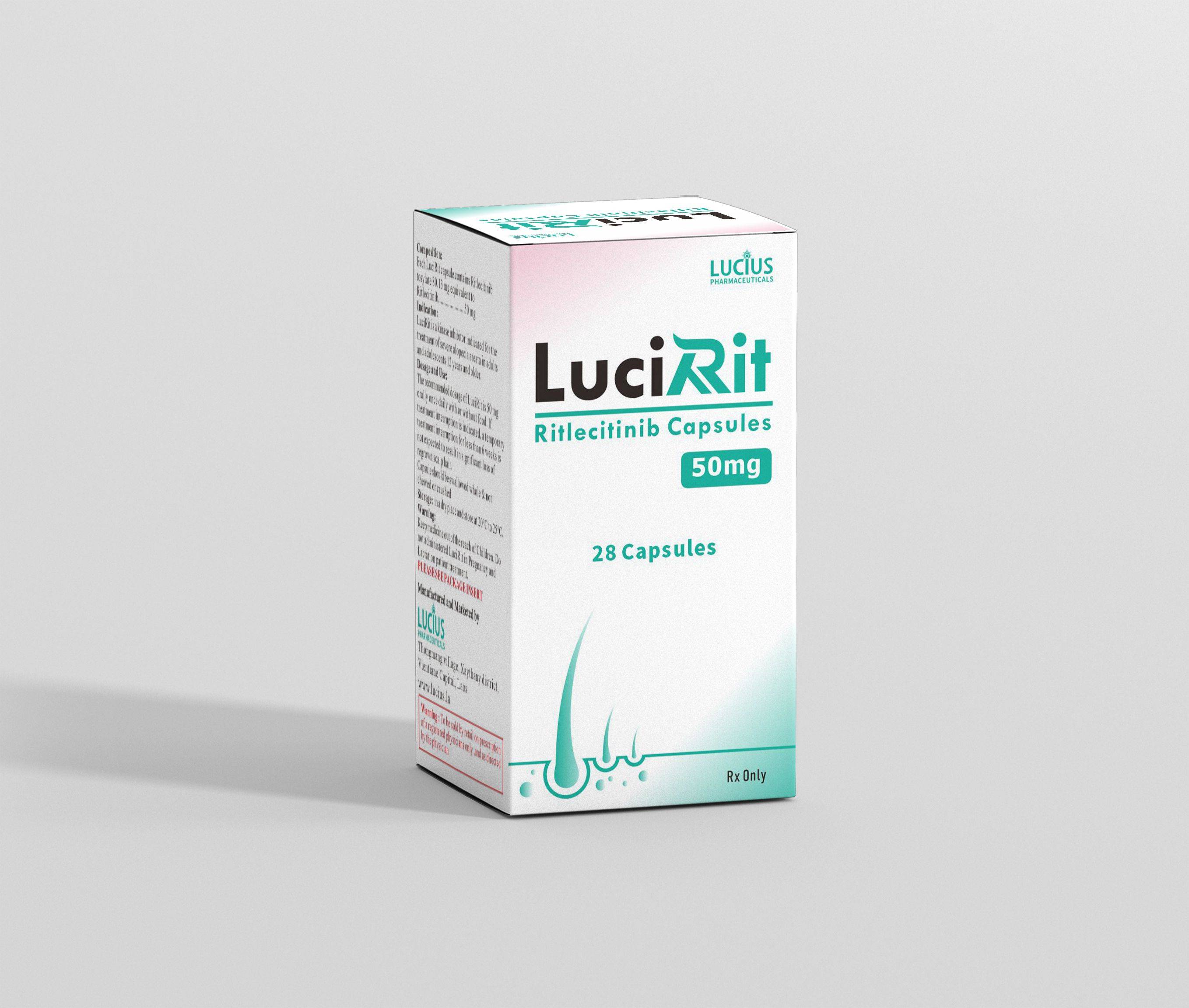Can Litfulo (Ritlecitinib) Be Reimbursed? Understanding Insurance Coverage for Alopecia Treatment

Can Litfulo (Ritlecitinib) Be Reimbursed? Understanding Insurance Coverage for Alopecia Treatment
For patients with alopecia areata, finding an effective treatment is often a top priority. Litfulo (Ritlecitinib) has emerged as a promising option, but a critical question remains: Is it covered by insurance? This article explores the reimbursement landscape, financial considerations, and future possibilities for this medication.
1. What Is Litfulo (Ritlecitinib)?
Litfulo, with the generic name Ritlecitinib, is a selective Janus kinase (JAK) inhibitor approved by the FDA for treating severe alopecia areata. It works by blocking specific enzymes involved in inflammation, helping to restore hair growth. While clinical trials have shown positive results, its availability and affordability remain key concerns for patients.
2. Current Reimbursement Status
As of now, Ritlecitinib is not included in many national health insurance programs, meaning most patients must pay out-of-pocket. However, coverage may vary depending on:
Country/region policies (some have special drug access programs)
Private insurance plans (some may offer partial coverage)
Patient assistance programs (manufacturers or nonprofits may provide discounts)
Patients are advised to check with their local healthcare providers or insurers for the latest updates.
3. The Financial Burden of Treatment
Without insurance coverage, the cost of Litfulo (Ritlecitinib) can be significant, posing challenges for long-term use. Factors affecting affordability include:
Monthly prescription costs (vary by country and pharmacy)
Alternative treatments (some may be cheaper but less effective)
Income and insurance flexibility (financial aid options may be available)
Patients should discuss payment plans or financial support options with their doctors.
4. Future Prospects for Reimbursement
As more data on Ritlecitinib’s effectiveness becomes available, insurance policies may evolve. Possible developments include:
Inclusion in public health insurance (pending further approvals)
Expanded patient assistance programs (from pharmaceutical companies)
Increased advocacy (patient groups pushing for better access)
Staying informed about policy changes can help patients plan their treatment better.
Patient Q&A: Real-Life Scenarios
Q1: My insurance denied coverage for Litfulo. What can I do?
A: You may appeal the decision with supporting documents from your doctor. Additionally, check if the manufacturer offers a patient assistance program or if alternative funding (nonprofits, clinical trials) is available.
Q2: Are there any countries where Ritlecitinib is covered by insurance?
A: Coverage varies. Some countries with advanced healthcare systems may include it in special drug lists, but most still require prior authorization. Consulting a local healthcare advisor is recommended.
Q3: How much does Litfulo cost without insurance?
A: Prices differ by region, but it can range from hundreds to thousands per month. Contact pharmacies or check official pricing guides for accurate estimates.
Q4: Will Ritlecitinib ever be covered by public healthcare?
A: It’s possible, especially as more evidence supports its use. Patient advocacy and new clinical data may influence future policy changes.
Final Thoughts
While Litfulo (Ritlecitinib) offers hope for alopecia patients, reimbursement remains a challenge. Patients should explore all available options, from insurance appeals to financial aid programs. Staying updated on policy changes can also help in accessing affordable treatment.
If you need further assistance, consider consulting a healthcare professional or support services for guidance.

